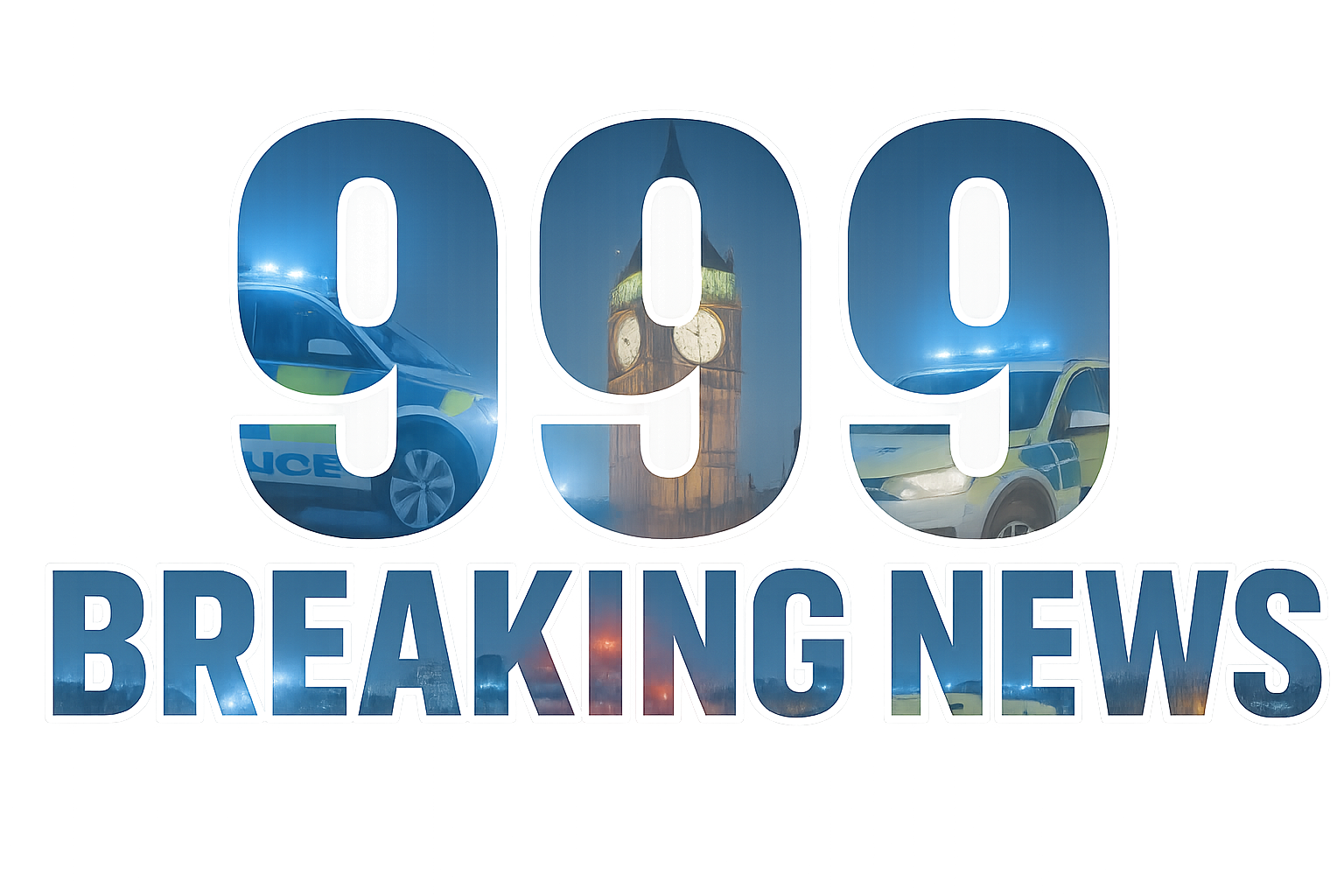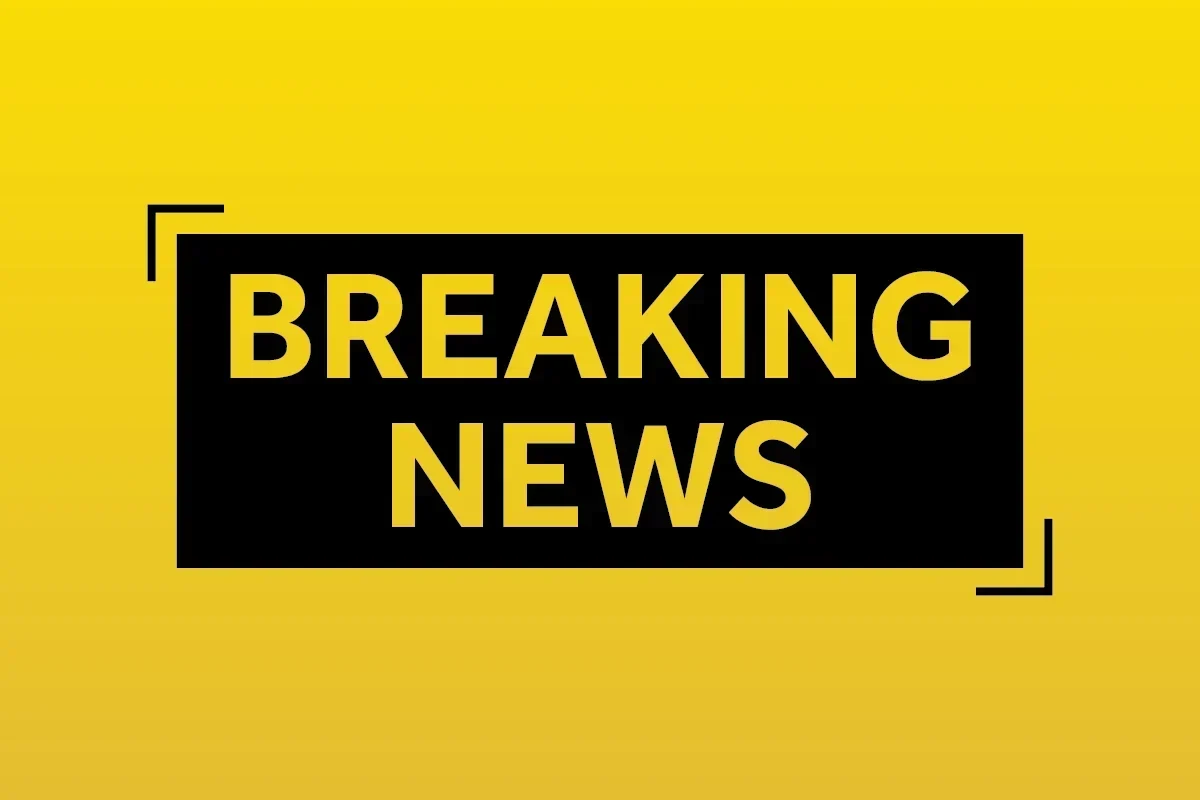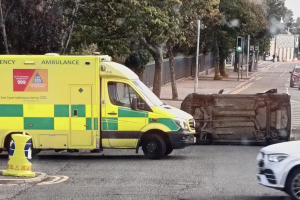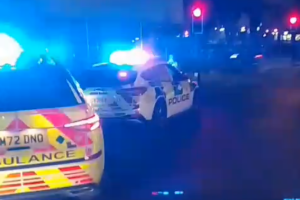Israel and Hamas have reached a ceasefire agreement to end 15 months of conflict, with the deal facilitated by Qatar and the United States. The agreement, announced on Wednesday, includes provisions for a ceasefire, humanitarian aid, and the release of hostages and Palestinian prisoners.
Agreement Details
The ceasefire, scheduled to begin Sunday if approved by Israel’s cabinet, includes:
- The release of 33 hostages, including women, children, and elderly individuals, in exchange for Palestinian prisoners held in Israeli jails.
- Israeli forces withdrawing from densely populated areas in Gaza to allow displaced Palestinians to return home.
- Entry of hundreds of humanitarian aid lorries into Gaza daily to address food, fuel, and medical shortages.
Negotiations for the next phase of the agreement will address the release of remaining hostages, a full withdrawal of Israeli troops, and efforts to achieve lasting peace.
Immediate Reactions
Celebrations erupted in Gaza and among the families of Israeli hostages following the announcement. In Deir al-Balah and Khan Younis, Palestinians waved flags and expressed relief. Meanwhile, Israeli families of hostages gathered in Tel Aviv, sharing mixed emotions about the initial phase of the agreement.
President Joe Biden welcomed the deal, describing it as a step toward ending the violence and beginning the work of building peace. Outgoing U.S. President-elect Donald Trump also claimed credit for pressuring both parties to reach the agreement.
Continuing Challenges
Despite the announcement, violence persisted in Gaza, with Hamas reporting over 20 fatalities from Israeli airstrikes after the ceasefire was confirmed. Israeli forces have yet to comment on these operations.
UN Secretary-General Antonio Guterres called for both sides to honor the agreement and prioritize alleviating the suffering caused by the conflict.
The ceasefire offers a glimmer of hope, but significant challenges remain in achieving lasting peace and addressing the humanitarian crisis in Gaza.







































